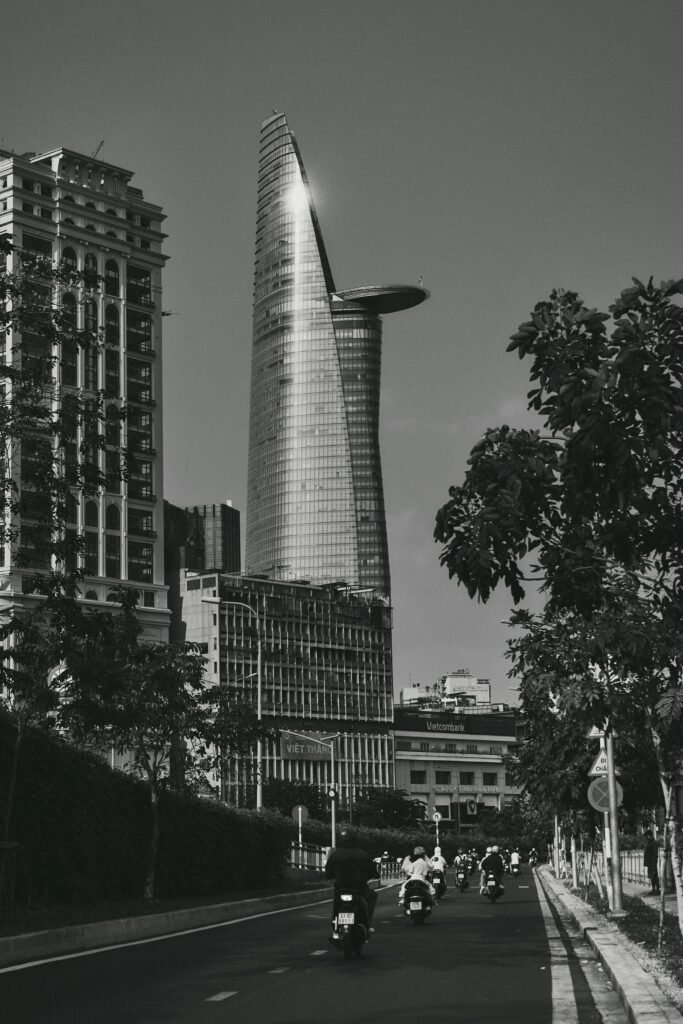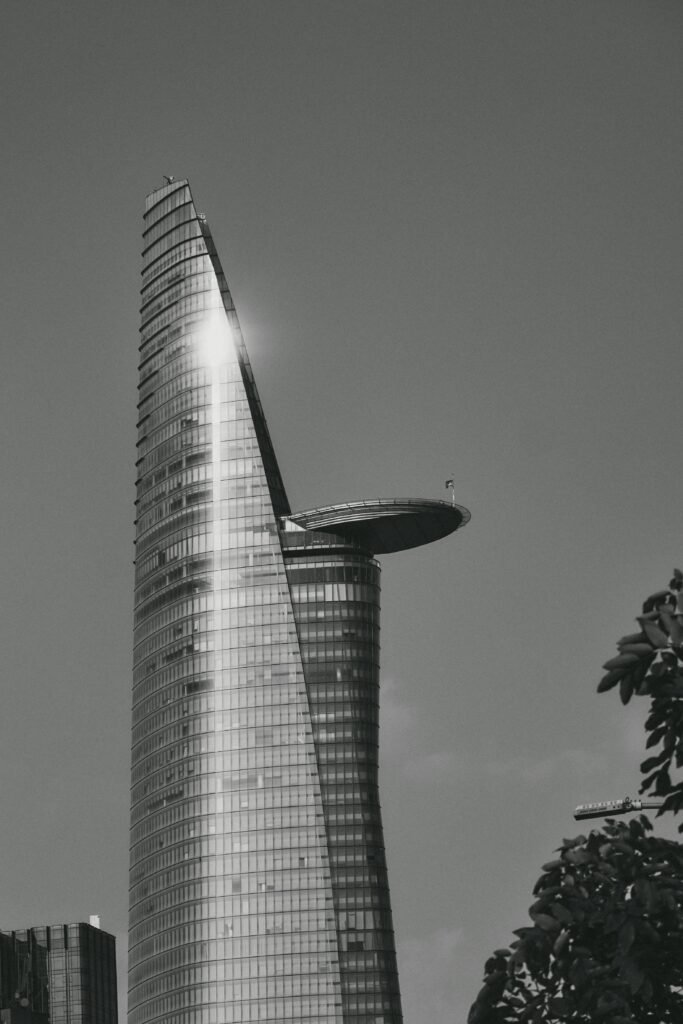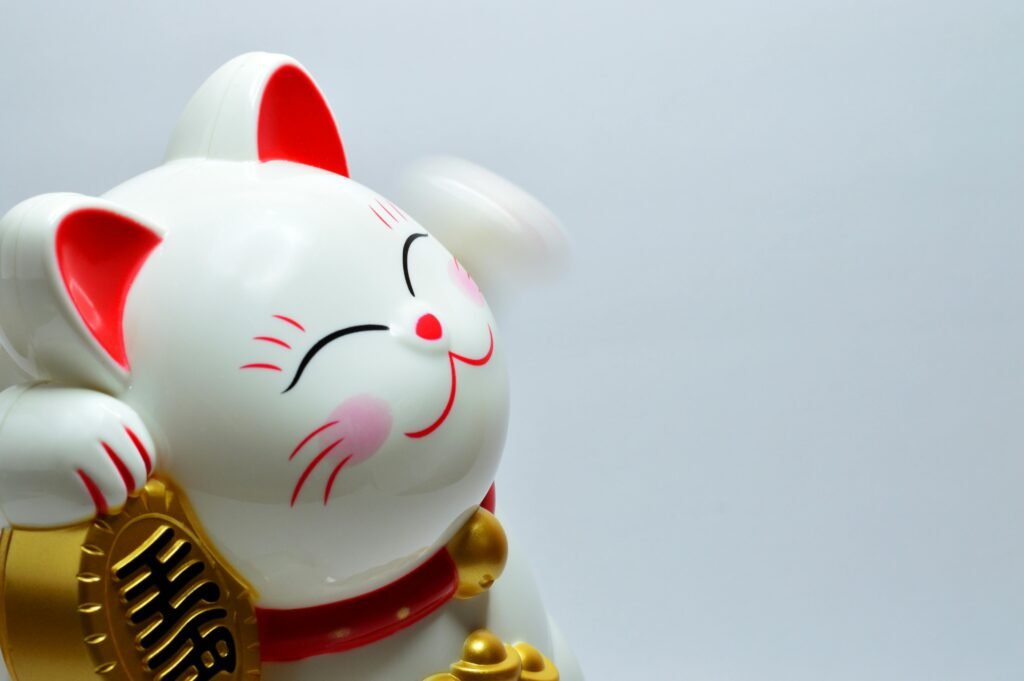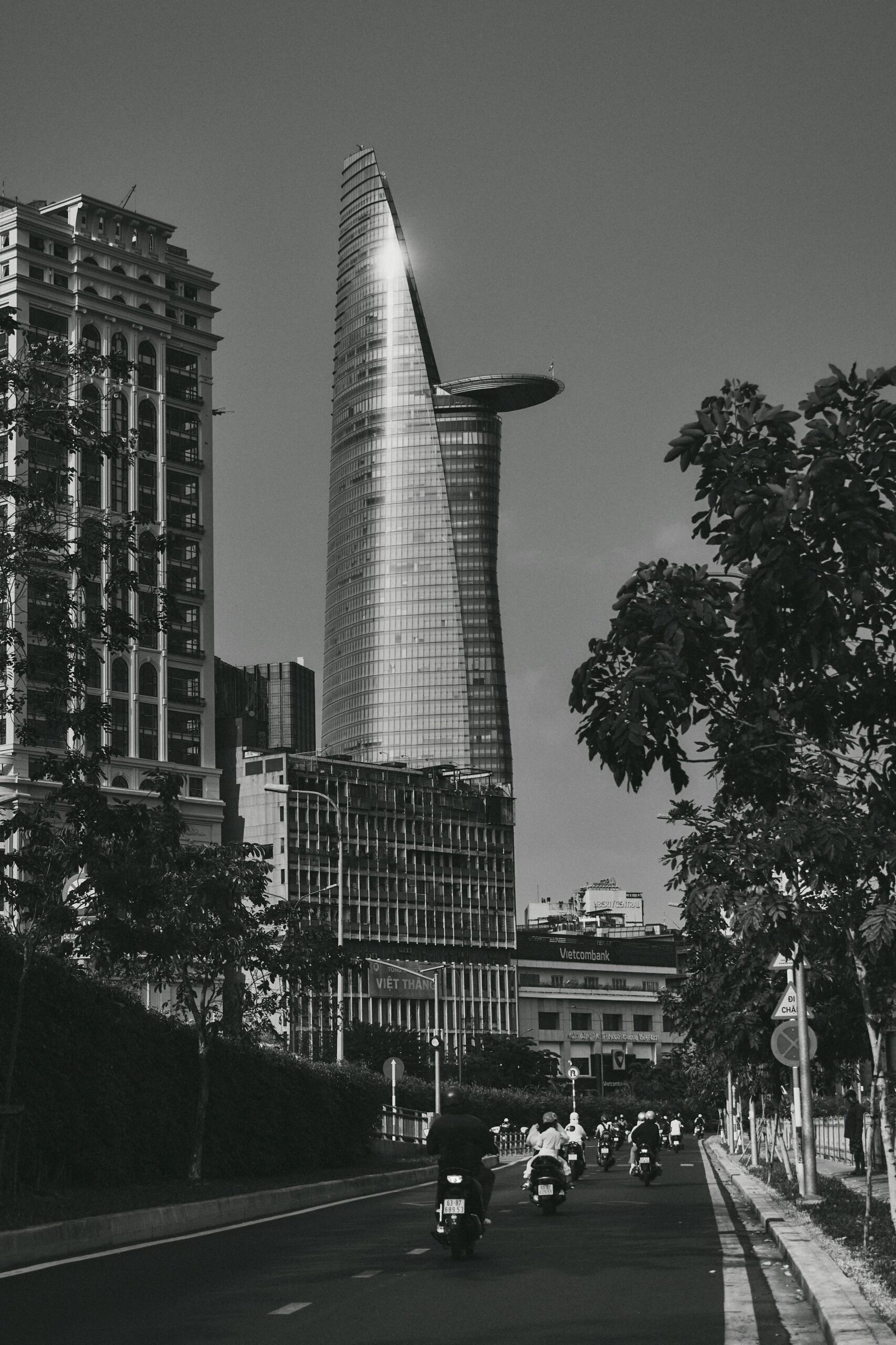You’ve just invested in a stylish new wallet, and you want to make sure it lasts as long as possible. But how can you prevent wear and tear from taking a toll on your trusty billfold? Fear not, because we’ve got you covered with these 5 practical tips for prolonging the life of your wallet. From keeping it clean and organized to protecting it from excessive heat and moisture, these simple yet effective strategies will ensure that your wallet remains in great condition for years to come. So, grab your wallet and get ready to learn some valuable tricks to keep it looking its best!

This image is property of images.pexels.com.
Invest in a quality wallet
When it comes to wallets, investing in a quality one is essential. A well-made wallet not only looks stylish but also lasts longer. So, what should you consider when looking for a quality wallet?
Choose a durable material
The material of your wallet plays a significant role in its overall durability. Opt for wallets made from high-quality materials like leather or synthetic alternatives. These materials are known for their durability and can withstand the daily wear and tear.
Consider the stitching
The stitching of a wallet is often overlooked but is crucial in determining its longevity. Look for wallets with strong and closely spaced stitching. Loose or uneven stitching can unravel over time and weaken the structure of the wallet.
Look for reinforced edges
The edges of a wallet are prone to fraying and wear. To ensure your wallet lasts, choose one with reinforced edges. These edges are usually stitched, glued, or folded to provide extra durability and prevent premature damage.
Opt for a compact size
While it may be tempting to carry a large wallet with all your cards and belongings, a compact-sized wallet is a better choice for longevity. A smaller wallet will experience less stress and strain, reducing the risk of issues like stretched card slots or torn fabric.
Avoid overfilling your wallet
One common mistake people make is overfilling their wallets with unnecessary items. This not only adds unnecessary bulk but also puts a strain on the wallet’s structure. Here are some tips to prevent overfilling:
Regularly declutter your wallet
Take some time to declutter your wallet regularly. Remove any old receipts, expired cards, or unnecessary loyalty cards. Keeping only the essential items in your wallet not only reduces clutter but also prevents undue stress on the wallet.
Only carry essential cards
Evaluate which cards you actually use on a daily basis and only carry those in your wallet. Leave any infrequently used cards, such as gym membership or rarely used IDs, at home. Limiting the number of cards will help maintain the shape and structure of your wallet.
Keep unnecessary items elsewhere
Consider finding alternative storage solutions for items that you don’t need to carry with you at all times. For example, store your gift cards in a drawer or keep photocopies of important documents instead of carrying the originals in your wallet. This practice will prevent your wallet from becoming overcrowded.
Consider a minimalist wallet design
If you struggle to keep your wallet from becoming overstuffed, consider switching to a minimalist wallet design. These wallets are specifically designed to hold only a few essential cards and cash, forcing you to prioritize what you carry. The slim profile not only prevents overfilling but also reduces the chances of unnecessary wear and tear.

This image is property of images.pexels.com.
Handle your wallet with care
To ensure the longevity of your wallet, it’s important to handle it with care. Taking some simple precautions can go a long way in preserving its condition. Here’s what you can do:
Avoid placing it in tight pockets
When choosing where to keep your wallet, avoid tight pockets. Tight pockets can put excessive pressure on the wallet, causing it to bend, stretch, or even tear. Instead, opt for looser pockets or consider using a jacket or bag compartment specifically designed for wallets.
Be mindful of weight on top of it
Avoid placing heavy objects on top of your wallet. Sitting or placing heavy items like keys or phones on your wallet can lead to unnecessary pressure and distortion of its shape. Keeping the wallet in a separate pocket or compartment can prevent such incidents.
Keep it away from liquids and extreme temperatures
Protect your wallet from exposure to liquids and extreme temperatures. Moisture can damage the material and cause it to warp or develop mold. Similarly, extreme temperatures can cause leather to crack or synthetic materials to become brittle. Be cautious and keep your wallet away from potential harm.
Gently clean and condition the material
Regular maintenance is key to preserving the quality of your wallet. Clean it gently with a mild soap or leather cleaner as per the manufacturer’s instructions. Avoid using harsh chemicals or abrasive materials that can damage the surface. Applying a leather conditioner periodically can help keep the material supple and prevent it from drying out.
Protect your wallet from wear and tear
Even with careful handling, your wallet is bound to experience some wear and tear over time. However, there are steps you can take to minimize damage and extend its lifespan.
Use a protective wallet case or sleeve
Consider using a protective wallet case or sleeve to shield your wallet from external elements. These cases are often made from materials like silicone or fabric and offer an extra layer of protection against scratches, spills, and general wear.
Keep it in a separate compartment or pocket
To prevent unnecessary friction and rubbing, keep your wallet in a separate compartment or pocket. Rubbing against other items, especially those with rough surfaces, can cause the wallet’s material to scuff or fray. By keeping it separate, you minimize the chances of such damage.
Avoid exposing it to harsh surfaces
Be mindful of where you place your wallet to avoid exposing it to harsh surfaces. Avoid placing it directly on rough or abrasive surfaces that can cause scratches or rips. A little precaution can go a long way in maintaining the pristine condition of your wallet.
Keep it away from sharp objects or keys
Avoid storing your wallet in close proximity to sharp objects or keys. Keys can accidentally scratch or puncture the wallet material, causing irreversible damage. Be cautious when placing your wallet together with other items to prevent any potential harm.

This image is property of images.pexels.com.
Regularly inspect and maintain your wallet
Regular inspection and maintenance of your wallet are essential for identifying issues before they worsen. By checking your wallet periodically and addressing any signs of wear and tear, you can extend its lifespan significantly.
Check for signs of wear and tear
Take a close look at your wallet and inspect for signs of wear and tear. Look for frayed stitching, stretched card slots, or torn material. Identifying these issues early on allows you to take necessary steps to prevent further damage or repair them promptly.
Repair loose stitching promptly
If you notice any loose threads or stitching on your wallet, repair them as soon as possible. Loose stitching can unravel quickly and weaken the overall structure of the wallet. If you are not proficient in sewing, consider taking it to a professional who can repair it properly.
Treat scratches and scuffs
Over time, your wallet may develop scratches and scuffs. While some signs of wear add character, others may compromise the appearance or integrity of the wallet. Use appropriate cleaning and conditioning products to address minor scratches and scuffs, or consult a professional for more severe damage.
Use leather conditioner regularly
If your wallet is made of leather, it’s important to condition it regularly. Leather conditioner helps to moisturize and protect the leather, preventing it from drying out and cracking. Follow the manufacturer’s instructions and apply the conditioner at regular intervals to maintain the supple quality of the material.
Practice good wallet habits
In addition to handling and maintaining your wallet, adopting good wallet habits can further prolong its life. Simple practices can make a significant difference in ensuring its longevity.
Handle it gently when taking it out or putting it back
When removing or returning your wallet to your pocket, handle it gently. Avoid pulling or tugging on it, which can stress the material or stretch the card slots. By being mindful of how you handle it, you minimize the risk of unintentional damage.
Avoid sitting on your wallet
Sitting on your wallet can cause unnecessary pressure and strain. This can lead to distorted shapes, broken card slots, or even torn material. To prevent such damage, remove your wallet from your back pocket before sitting down.
Always place it in a secure location
When you need to set your wallet down, always ensure it is in a secure location. Leaving it on an unstable or precarious surface increases the risk of accidental damage or loss. Take a moment to find a stable spot to place your wallet, whether it’s in a bag compartment or on a solid surface.
Be cautious when using ATMs or public areas
When using ATMs or in crowded public areas, be mindful of your wallet’s security. Keep a close eye on your wallet and avoid leaving it unattended or exposed to potential pickpockets. Being cautious and aware of your surroundings can help prevent theft or loss.
Store your wallet properly
Proper storage of your wallet when not in use is crucial to maintaining its condition. With a few simple steps, you can protect your wallet from unnecessary damage.
Keep it in a dust bag or pouch
When you’re not using your wallet, store it in a dust bag or pouch. These accessories provide an additional layer of protection against dust, moisture, and scratches. If your wallet didn’t come with a dust bag, consider purchasing one separately to keep it safe while not in use.
Store in a cool and dry place
Finding an appropriate storage place for your wallet is essential. Ideally, choose a cool and dry area to prevent excess moisture or heat from damaging the wallet’s material. Avoid storing it in areas with high humidity or extreme temperatures, such as the bathroom or near heating vents.
Avoid prolonged exposure to sunlight
Extended exposure to sunlight can fade the color of your wallet or even damage the material. When storing your wallet, avoid placing it in direct sunlight for long periods. If you need to carry your wallet with you on a sunny day, try to keep it in a bag or pocket that provides shade.
Consider designated wallet storage organizer
If you own multiple wallets and want to keep them well-organized, consider a designated wallet storage organizer. These organizers often come with compartments or slots specifically designed to hold wallets securely. Keeping your wallets neatly stored prevents unnecessary movement or pressure on individual items.
Avoid unnecessary wallet abuse
To prolong the life of your wallet, it’s important to avoid unnecessary abuse or mistreatment. Certain actions can cause irreversible damage to your wallet, so it’s best to steer clear of them.
Don’t use your wallet as a coaster or weight
Using your wallet as a coaster for drinks or a weight to hold down papers may seem convenient, but it can lead to liquid damage or excessive pressure on the wallet’s structure. To avoid unnecessary wear or potential disaster, find appropriate tools or surfaces for their respective tasks.
Don’t fold or bend it excessively
While wallets are designed to fold, excessive bending and folding can cause stress on the material. Avoid constantly bending or folding your wallet beyond its intended design. Regular use will naturally create some creasing, but excessive manipulation can result in premature damage.
Refrain from putting excessive pressure on it
Putting excessive pressure on your wallet, either intentionally or unintentionally, can cause damage. Avoid sitting or standing on your wallet, as this can distort its shape or even break the card slots. Treat your wallet with care and avoid any unnecessary pressure.
Avoid using it to prop up uneven furniture
Using your wallet as a makeshift tool to prop up uneven furniture may seem convenient at the time, but it’s a habit to avoid. The pressure and strain placed on the wallet can cause significant damage. Use appropriate tools or materials to stabilize furniture instead.
Avoid exposure to harsh chemicals
Certain chemicals can be detrimental to the condition of your wallet. To prevent damage, it’s essential to be cautious and avoid exposing your wallet to any harsh chemicals.
Keep it away from direct contact with perfumes or lotions
Perfumes, lotions, and other cosmetic products often contain chemicals that can stain or damage the material of your wallet. Avoid spraying or applying these products directly onto or near your wallet. If you need to use such products, apply them with caution to prevent any accidental spills or stains.
Avoid exposing it to cleaning agents or solvents
Cleaning agents and solvents, including household cleaning sprays or bleach, should never come into direct contact with your wallet. These chemicals can strip away the protective coating on the material or cause discoloration. If your wallet needs cleaning, follow the manufacturer’s instructions and use appropriate cleaning products.
Be cautious when handling products that may stain or damage
When handling items that have the potential to stain or damage, such as colored fabrics, art supplies, or food products, be extra cautious with your wallet. The pigments or substances in these items can transfer onto your wallet, resulting in stains or discoloration. Always handle such items with care, keeping them away from your wallet.
Consider wallet protection and insurance
For added peace of mind, it’s worth considering wallet protection and insurance options. These measures can provide additional security and coverage in case of loss, theft, or damage.
Research available insurance options
Some insurance companies offer specific coverage for personal belongings, including wallets. Conduct thorough research and compare different insurance options to find one that suits your needs. Look for coverage that protects against loss, theft, or accidental damage to your wallet.
Consider RFID-blocking technology
With the rise of RFID technology, protecting your wallet from potential identity theft is becoming increasingly important. Consider investing in a wallet that features RFID-blocking technology. This technology prevents unauthorized individuals from scanning and accessing the information stored on your credit cards or IDs.
Keep a record of its contents and contact information
Keeping a record of your wallet’s contents and relevant contact information is valuable in case of loss or theft. Take photos or make a list of the cards, IDs, and other important items you carry in your wallet. Additionally, note down emergency contact numbers for your bank and credit card companies in case you need to report any issues.
Be aware of potential scams or theft techniques
Stay informed about common scams or theft techniques that target wallets and their owners. Being aware of potential threats can help you stay vigilant and take necessary precautions to protect your wallet. Stay updated with the latest safety tips and best practices to ensure the security of your wallet.
By following these practical tips, you can prolong the life of your wallet and keep it looking and functioning its best for years to come. Remember to invest in quality, handle your wallet with care, protect it from wear and tear, and practice good wallet habits. With a little effort and attention, your wallet can serve you well and remain an essential accessory for a long time.
